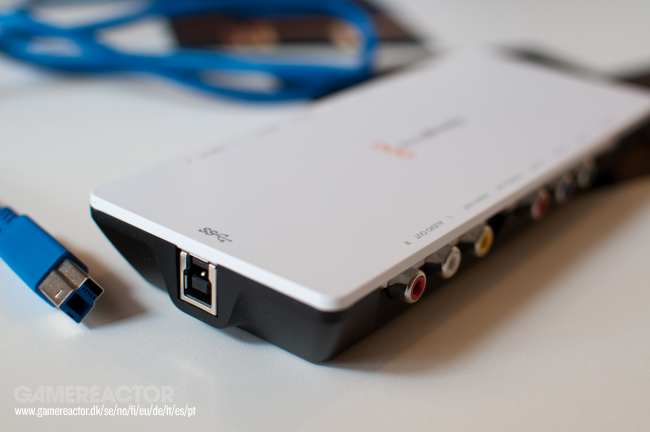

As such devices, they are not prone to mechanical wear and tear. They are usually a combination of ddr (cache) and flash ram with a small chip that is the controller and handles how data is written, read, distributed across the flash ram of the drive etc. Now ssds don't have moving/mechanical parts. The more operations the more strain on the mechanical drive. They also use a spindle that rotates the drive's platter(s) accordingly to a specific speed which is the RPM value (revolutions per minute).Īll these mechanical parts are due to wear and tear from usage and even when brand new, their performance is subject to the load and strain you put on the drive due to how many operations/sec you ask of it at any given time. The more simultaneous data you require from a hdd, the more stress you put on it because these drives use an actuator, which is a small motor, to move the read/write arms which control the read/write head(s) to process data accordingly.
BLACK MAGIC MULTIDOCK LOOSE DISK PRO
Even the best ones like the BarraCuda Pro 10tb don't exceed 600-700 iops maximum in real world scenarios.

Hdds (or simply mechanical drives) are usually at about 300-400 iops. Click to expand.The value you should be looking at, which "tells" how many operating instructions at once a drive can handle is called IOPS and means Input Output Operations Per Second.


 0 kommentar(er)
0 kommentar(er)
